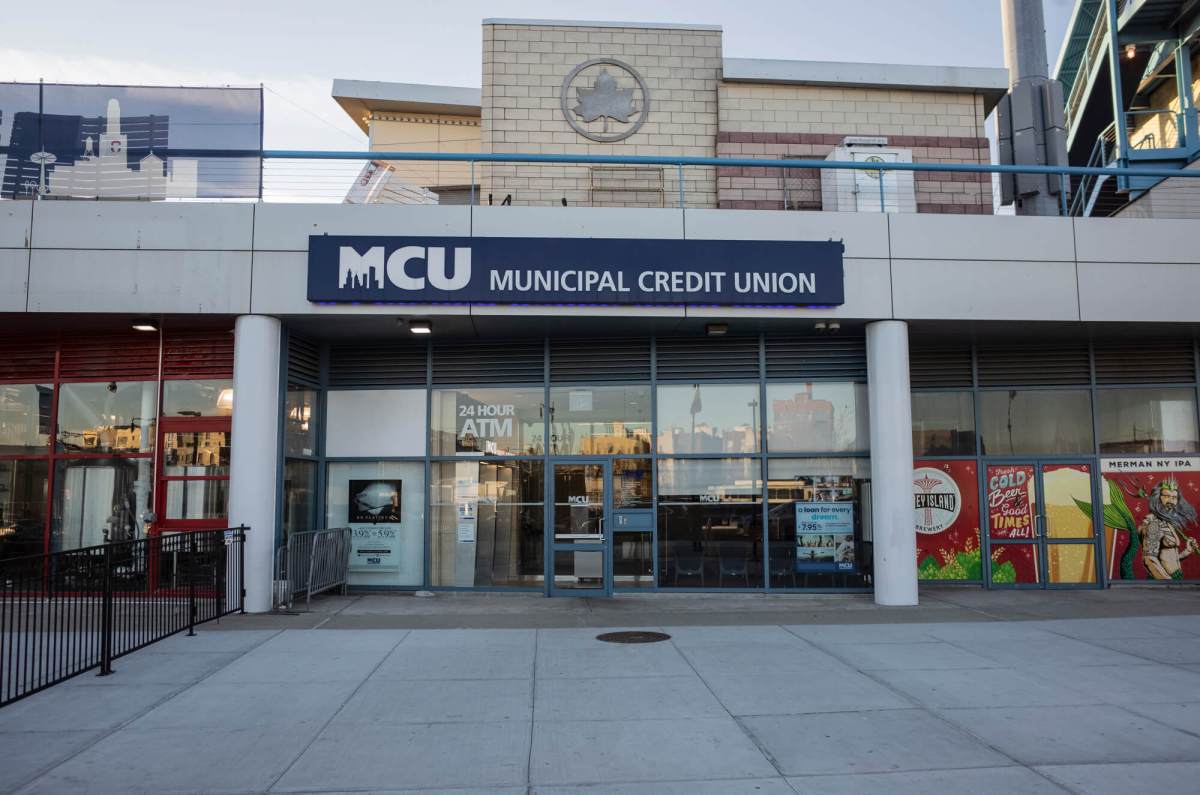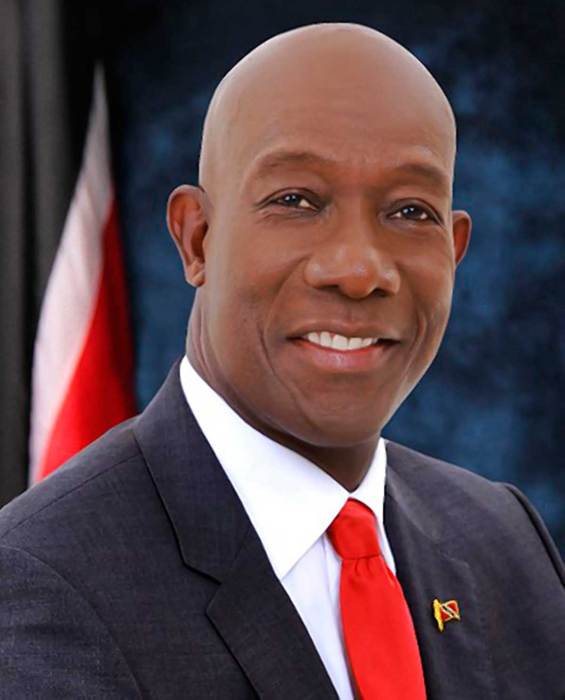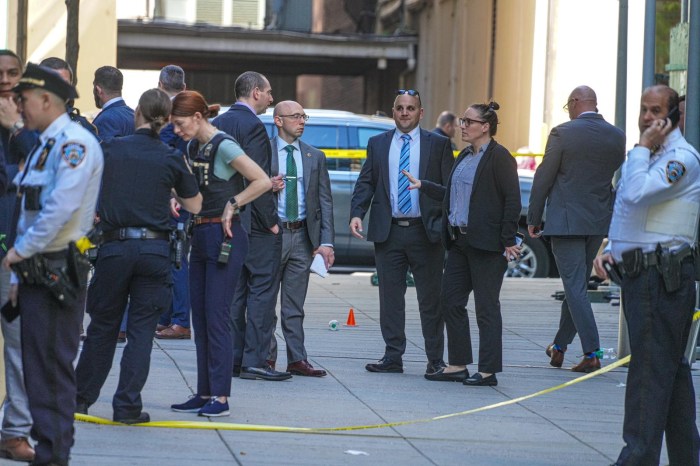Coney Islanders will be left with just one full-service bank after the Municipal Credit Union closes its doors on Jan. 31, creating a “retail crisis” in America’s Playground, according to the area’s local councilman.
“We’re seeing banks close and leave. We’re experiencing a retail crisis,” said Mark Treyger.
The credit union will close six of its branches, including their Surf Avenue storefront, following a period of sustained losses in the wake of a multimillion-dollar embezzlement scandal that landed its chief executive in prison for five-and-a-half years — and ensnared Brooklyn Supreme Court Justice Sylvia Ash in legal jeopardy for an alleged cover-up.
After the financial institution’s upcoming closure, Coney Island and Sea Gate’s 30,000 residents will have to pile into Mermaid Avenue Citibank for full banking services — or will be forced to travel to Brighton Beach, a trip that can take up to 30 minutes on public transit, locals said.
The number of full-service banks in Coney Island has dwindled in recent years, with Chase Bank closing its W. 17th Street location in the wake of damage from Superstorm Sandy and abandoning its mobile trailer soon after — leaving a faulty ATM in its stead.
“Now all we have the Citibank on Mermaid Avenue and W. 30th Street and the ATM on Mermaid Avenue that’s literally out of cash every other day,” Treyger said.
The MCU closure marks first time Coney Islanders find themselves in a true financial desert, as the area has always boasted at least two fully-functioning banks, according to locals.
“We’ve never had a bunch of banks, but at any given time we tend to have between three and four,” said local Assemblywoman Mathylde Frontus, who has lived in the area for 35 years.
Frontus claims that banking institutions see the area as a “poor neighborhood,” and put their financial bottom line over servicing Brooklynites — with increasingly harmful consequences.
The reduction in banks is also a symptom of the neighborhood’s flagging commercial strips, according to Treyger, who noted that nearly 15-percent of storefronts sit vacant.
“Some of the small businesses are asking, ‘What’s the vision for the future?'” he said.
The fraught situation has led politicians and local mavens to try and come up with ways to stop the bleeding and bring back banks and businesses.
Craig Hammerman, a local civic guru, wrote a letter to the New York State Department of Financial Services asking the agency to enforce the Community Reinvestment Act — a federal law that encourages commercial banks and savings associations to serve low- and moderate-income neighborhoods.
“Whittling down access to full-service banking to one bank that would serve the 30,000 predominantly low- and moderate-income residents of Coney Island must surely suggest an urgent, unmet need which requires the attention, assistance, and intervention of your department,” Hammerman wrote.
Treyger said that he alerted several government agencies to the issue, and is drafting a letter to the Federal Deposit Insurance Corporation about the lack of services.
Meanwhile, Frontus, who was recently appointed to the State Assembly’s Economic Development Committee, said she will soon release a four-point economic mobility plan that aims to bring retail and banks to Coney Island.
“This plan is a commitment I’m making to bring a range of services: education and job training, entrepreneurial assistance, home ownership, and financial planning,” she said.
























